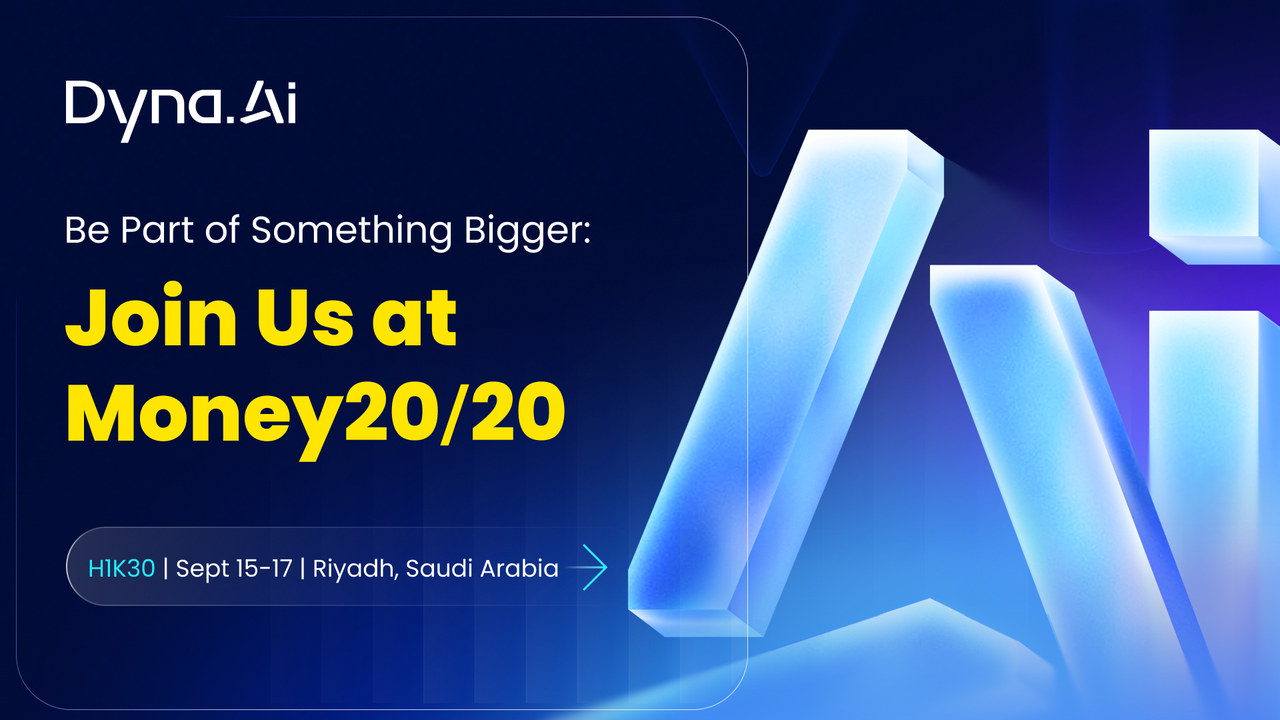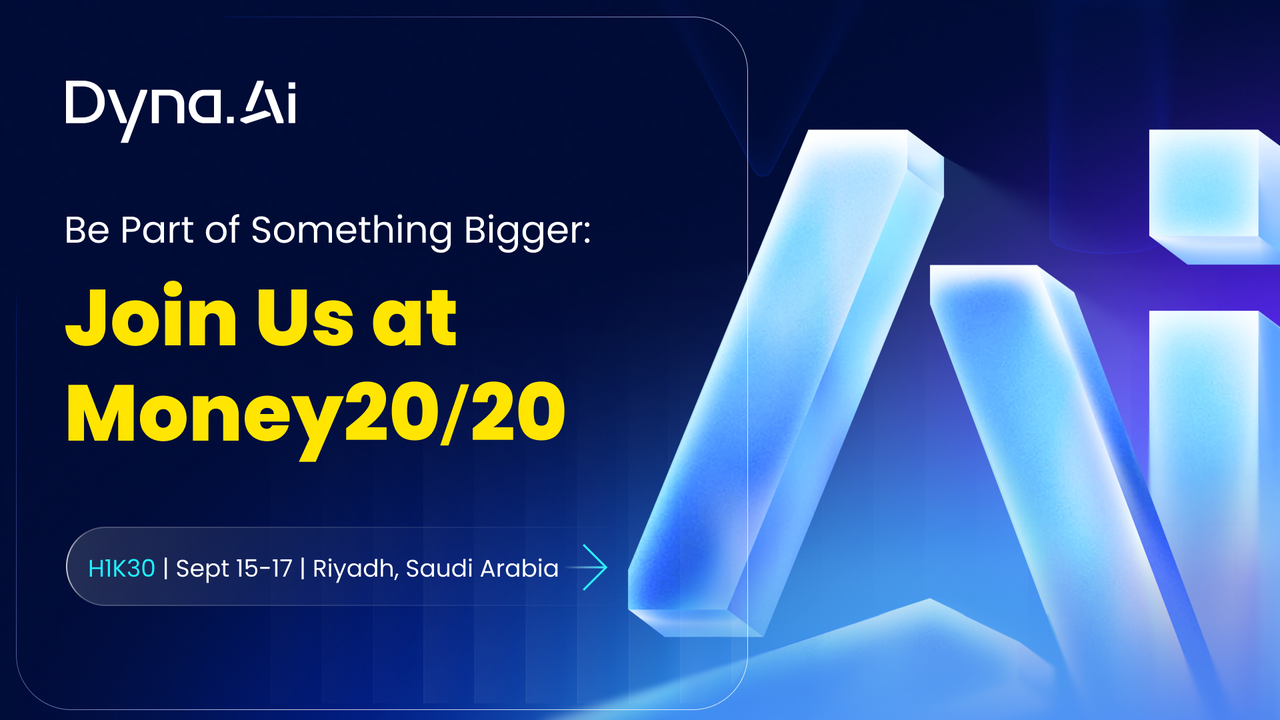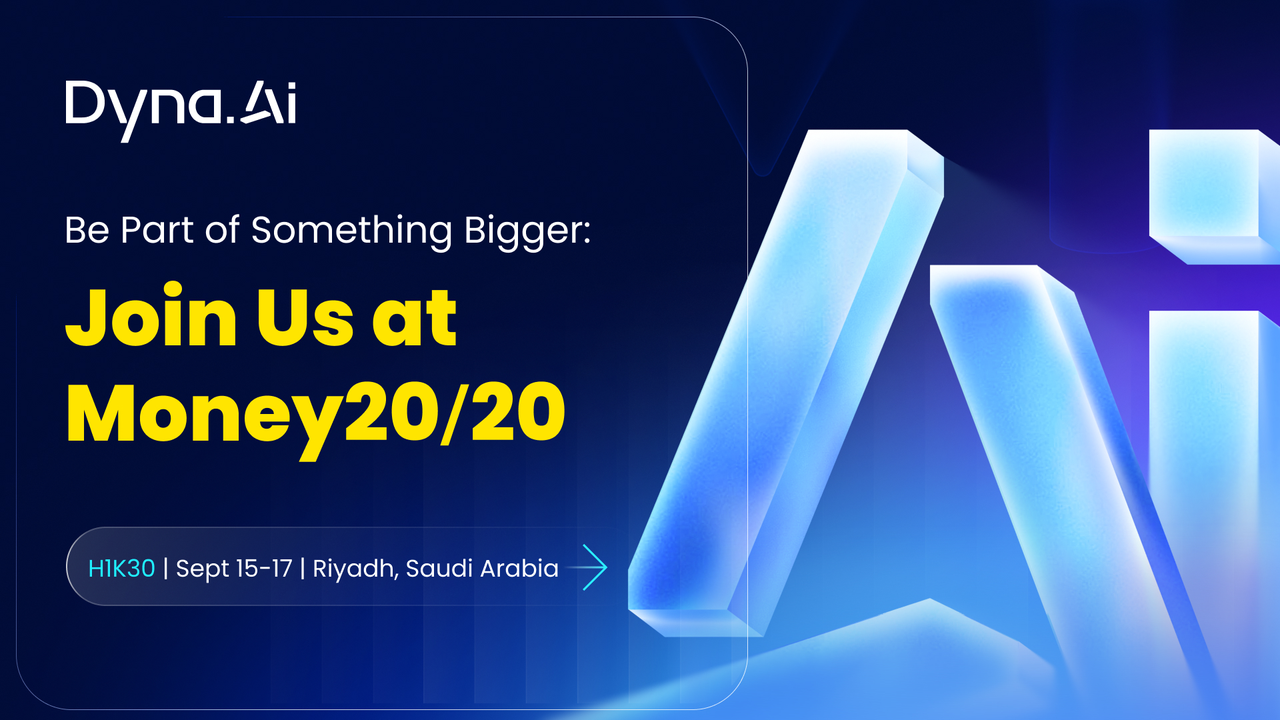This article is originally written by Joao Tapadinhas on LinkedIn: https://www.linkedin.com/pulse/co-authoring-ai-powered-economic-future-beyond-joao-tapadinhas-qrtqf/
Agentic AI is reshaping economies, sparking cross-human-machine ecosystems, demanding new human-AI orchestration models, and calling for AI leaders to co-author the future with machines—not simply deploy them.
Executive Summary
Agentic AI marks a watershed moment: software no longer waits for instructions but acts on objectives—planning, negotiating, and executing at machine speed. This shift is already visible in bottom-line forecasts (multi-trillion-dollar GDP uplift) and in board-room agendas, where leaders see AI agents as the next productivity wave. Yet scale brings complexity. As agents proliferate, they form ecosystems that cross enterprise borders, forcing organizations to collaborate, certify, and share data in new ways. Internally, the management paradigm moves from micromanaging tasks to orchestrating hierarchies of specialist and supervisor agents, each bounded by compliance rules and overseen through dashboards, simulations, and human checkpoints.
Handled well, autonomy frees people to double down on creativity, judgment, and stakeholder empathy. Handled poorly, it magnifies risk and erodes trust. The path to advantage is clear: pilot early, govern rigorously, upskill continuously, and embrace a culture where humans and AI agents co-create solutions. Leaders who take the conductor’s podium now will shape—not chase—the agentic AI revolution.
Agentic AI’s Economic Impact
“Autonomous AI agents could unlock trillions in value – a prize for businesses bold enough to seize it.”
Agentic AI is set to become a major engine of economic transformation. By enabling automation of complex tasks and augmentation of human work at scale, autonomous AI agents promise to unlock unprecedented productivity gains. Recent forecasts are eye-opening: global consultancies project that AI agents could contribute up to $2.6–4.4 trillion annually to global GDP by 2030. The International Monetary Fund likewise finds that the economic benefits of AI adoption should significantly outweigh costs – potentially boosting global GDP growth by about 0.5% per year through 2030. In short, the deployment of autonomous AI isn’t just a tech upgrade; it’s an economic catalyst.
Companies across industries are already investing heavily in agentic AI to capture these gains. By 2025, AI agents are moving from pilots to real operations, taking on roles in finance, supply chains, customer service, and beyond. NVIDIA’s Jensen Huang even declared 2025 the “Year of AI Agents,” highlighting AI agents as a “multi-trillion dollar opportunity” that will usher in a new digital workforce. Business leaders are taking note. Surveys indicate roughly 90% of organizations view agentic AI as a source of competitive advantage, citing efficiency, better decision-making, and scalability as key benefits. In practical terms, autonomous agents can work 24/7, scale on demand, and handle repetitive or data-intensive tasks faster and more accurately than human staff. This frees human employees to focus on higher-level strategy, creativity, and relationships – the areas where human insight is most valuable.
Of course, this economic shift comes with challenges. Job automation fears are real: if AI agents take over routine tasks, how will we retrain and redeploy human talent? Many experts argue that while some jobs will be displaced, new roles will emerge – such as AI strategists, AI trainers, or AI ethicists – and human judgment will remain essential for tasks requiring creativity, empathy, or complex decision-making. The net effect could be an overall productivity surge that, managed wisely, augments human work rather than simply replacing it. The onus is on leadership to navigate this transition responsibly, ensuring that the benefits of agentic AI-driven growth are broadly shared (for example, by upskilling workers) rather than concentrated.
Ecosystems of Intelligence: AI Networks and Collaboration
“The most powerful AI innovations will stem from ecosystems – networks of AI agents and humans teaming up across organizational boundaries.”
As individual AI agents proliferate, they are increasingly connecting into broader ecosystems. Much like humans form teams and organizations, AI agents can collaborate with other agents and systems to achieve more complex goals. This heralds the rise of multi-agent ecosystems – networks of AI agents (and human counterparts) that interact, negotiate, and coordinate actions in real time. In these ecosystems, an agent might specialize in a specific function (analysis, planning, execution, etc.) and dynamically partner with others to handle multifaceted tasks. For example, in a smart supply chain, an inventory management agent, a logistics optimization agent, and a demand forecasting agent could jointly respond to market changes, each handling part of the puzzle. The result is an intelligent, adaptive system greater than the sum of its parts.
Such collaboration is already moving from theory to practice. Recent developments show that by 2028, roughly one-third of enterprise applications are expected to include AI agents, executing up to 15% of work decisions autonomously. This points to a near future where your software systems won’t just pass data between modules – they will have conversations and agreements with one another. Moreover, companies are beginning to plug their AI agents into external networks. Think of digital ecosystems where an AI sales assistant from one firm interacts with an AI procurement agent from another to negotiate a deal, or an AI research agent uses open data sources to inform a pharmaceutical AI in drug discovery. In fact, entire marketplaces of AI agents are emerging, allowing organizations to discover and employ third-party agents (for tasks like data cleaning, market analysis, customer support, etc.) on demand.
The power of these ecosystems lies in network effects – the more agents (and diverse capabilities) connected, the more problems they can solve together. But it also raises new questions of interoperability, trust, and governance. How do you ensure different companies’ AI agents can communicate effectively and securely? How do agents find the right partners or services in a vast ecosystem? And critically, how do we trust autonomous agents that come from outside our organization? As one technology executive observed, the key challenges ahead will be “how to manage this burgeoning ecosystem of autonomous agents – how to find an agent that does what we want, interact with it, and transact safely”. Setting common standards and protocols for agent communication (analogous to APIs for software) will be vital. Additionally, verification mechanisms – perhaps some form of “AI agent certification” – could emerge to vouch for an agent’s reliability or ethics.
For business leaders, participating in agentic ecosystems may require a mindset shift from competition to coopetition. Companies might allow their AI agents to collaborate across corporate boundaries when mutual value is on the table, forming cross-industry AI alliances. Early examples include industry consortia exploring data-sharing between AI systems to fight fraud or improve logistics. The bottom line: no single AI or organization will have all the answers, but by joining an ecosystem, even smaller players can leverage collective intelligence far beyond their own resources.
Autonomy and Orchestration: Managing AI Agents at Scale
“Successful AI leadership will mean orchestrating autonomous agents – giving them freedom to create value, while ensuring they act in concert with human goals.”
The hallmark of agentic AI is autonomy – the ability of AI agents to operate with minimal human direction. Yet as we hand over more decision-making power to machines, a new leadership challenge arises: How do we effectively manage and control these autonomous agents? The answer lies in orchestration. Instead of supervising each step an AI takes, leaders and technologists must design frameworks where multiple AI agents can be directed at a high level, monitored, and coordinated much like an orchestra conductor guides talented musicians. Orchestration is about setting the objectives, roles, and rules of engagement for AI agents – then allowing them the freedom to execute independently within those guardrails.
In practical terms, orchestration often means establishing a hierarchical model of AI control. For example, an organization might employ a top-level “manager” AI agent that oversees various specialist agents. The manager agent breaks down a strategic goal into subtasks and assigns these to the specialist agents (each expert in a domain or function). It then integrates their outputs, handles conflicts, and alerts humans when intervention is needed. This mirrors how a human manager coordinates a team, except it’s all happening at digital speed.
The hierarchical orchestration approach ensures accountability: the manager agent can serve as a single point of contact for human supervisors, and can be programmed with constraints (e.g. compliance rules or ethical boundaries) that it then enforces among the sub-agents. It’s a way to prevent chaos when you have dozens or hundreds of AI processes running simultaneously. Many technology platforms are now emerging to help companies orchestrate agent swarms – providing dashboards to track what each AI agent is doing, communication channels for agents to request help or data, and kill-switches to interrupt agents if they go off-course.
Yet, even with orchestration frameworks, handing autonomy to AI is not without risk. Highly autonomous agents can behave in unexpected ways, especially when based on learning systems like large language models. They might develop unintended strategies to solve a problem or make decisions that optimize for their narrow goal at the expense of broader context. That’s why oversight is crucial. Some organizations implement a “human-in-the-loop” policy for critical decisions, where AI agents must get human approval at certain checkpoints. Others use simulation and testing to ensure AI agents react safely under various scenarios before deploying them in the real world.
For AI leaders, the task is to strike the right balance between autonomy and control. Too little autonomy, and the AI agents’ potential is squandered by constant human micromanagement. Too much, and you risk errors or unethical outcomes that humans only catch after the fact. The path forward is developing robust governance: clearly define the scope in which agents can act, put in continuous monitoring, and cultivate the skill of AI orchestration in your teams. As Booz Allen’s 2025 analysis notes, while the complexity of agentic AI is challenging to manage, its transformative potential “underscores the need for organizations to build their awareness” and capabilities for managing AI that exercises agency. In other words, organizations must intentionally develop new competencies to guide free-thinking AI systems.
Co-Authoring the Future: Human-AI Partnership
“The organizations that thrive will be those where humans and AI agents learn from each other and innovate together – neither can unlock the future’s full potential alone.”
The ultimate promise of the agentic AI revolution is not AI operating in a vacuum – it’s AI working hand-in-hand with humans. As intelligent agents take on more responsibilities, humans are freed to focus on what we do best, and to push the frontier of innovation even further by leveraging our AI collaborators. In essence, we are moving toward a future where humans and AI systems co-author outcomes in business and society. This isn’t a distant sci-fi concept; it’s starting now, and it carries a profound implication: leadership must evolve from commanding technology to collaborating with it.
What does co-authoring with AI look like in practice? Consider strategic planning. A human executive might partner with a suite of AI agents – one analyzes market trends at lightning speed, another simulates various scenarios and outcomes, and another generates creative ideas or product designs based on consumer data. Together, the human and AI agents iterate on a strategy, each contributing from their strengths: the AI provides breadth of information and optimization, while the human provides judgment, values, and contextual understanding. The resulting strategy is likely superior to what either could develop alone. This kind of synergy can apply across domains: in R&D (scientists + AI agents generating hypotheses), in creative work (artists + generative AIs co-creating content), and in daily operations (employees + AI assistants solving problems in real time).
Crucially, co-authoring the future with AI means humans remain actively in the loop as visionaries, mentors, and governors of AI. We set the purpose – AI agents then help to achieve it. A vivid analogy is to think of AI agents as extremely capable junior colleagues: they bring speed and expertise, but they still require mentorship and direction on high-level objectives and ethical norms. Organizations may even designate new roles like “AI team leader” or a “Chief AI Officer” whose job is to ensure human values and strategic intent are effectively translated into the AI agents’ behavior. As Jensen Huang suggested, tomorrow’s IT departments might function as HR departments for AI, onboarding, “training,” and supervising AI agents much like employees. This human guidance is vital to avoid drift – where AI could pursue efficiency to a fault – and to align AI’s immense capabilities with humane, purposeful outcomes.
Adapting to this collaborative model also requires a cultural shift. Employees need to trust and welcome AI teammates, and vice versa, AI agents need to be designed to explain their actions and respect human input. Leading companies are investing in change management and training, so their workforce is AI-ready – comfortable working with and delegating to AI tools. They are also fostering a culture of continuous learning, since the human role will continually adapt as AI takes on new tasks. Rather than seeing AI as a threat, successful teams see it as an amplifier of their impact.
The next chapter of innovation will be written by human-AI teams. Whether it’s solving climate change, reinventing healthcare, or creating new forms of entertainment, co-creativity between human insight and machine intelligence will drive breakthroughs. Leaders should be optimistic: agentic AI offers a way to tackle challenges that were previously intractable, by leveraging the best of both human and artificial minds. But this optimism must be coupled with responsibility. We must co-author a future with AI consciously – embedding ethics, inclusivity, and transparency into our AI agents from the start. If we do so, we ensure that as AI agents get smarter and more autonomous, they remain aligned with human values and priorities.



